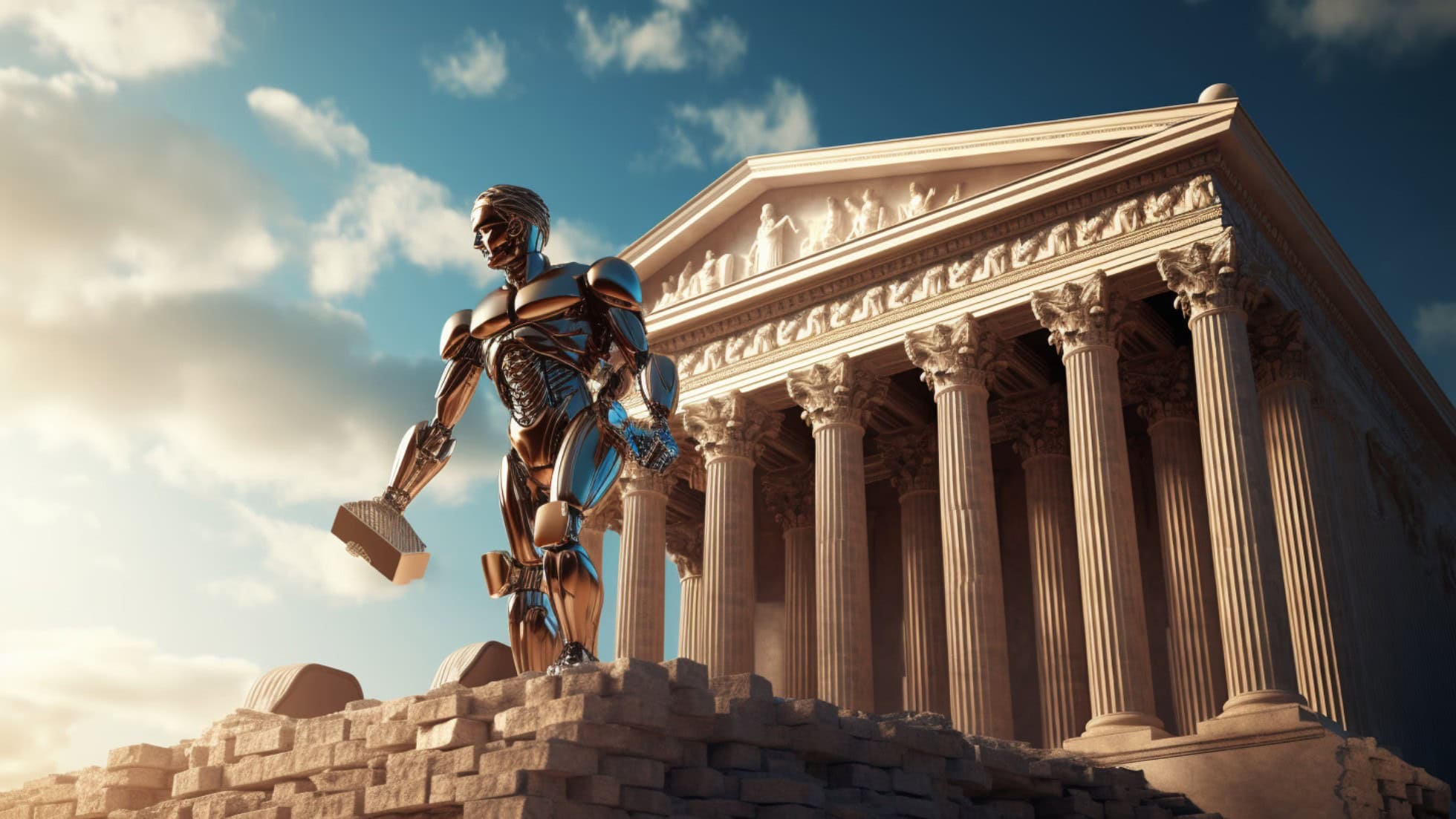
In a historic combination of artificial intelligence and archaeology, Google DeepMind has introduced Aeneas AI. Which is an AI model that can reconstruct and analyze ancient Latin writings, even if they are deteriorated or partially lost over time. Aeneas AI, named after the mythological Trojan hero, is a watershed moment in ancient studies, providing historians with hitherto unattainable access to the Roman Empire’s written records.
The model was trained on approximately 200,000 Latin inscriptions from stone, pottery, metal, and other surfaces, many of which were missing or eroded. Aeneas uses a multimodal transformer architecture to decipher the entire inscription, anticipate the time and location of its creation, and even connect it to comparable artefacts across history.
How Aeneas AI Works
At the heart of the project lies a vast dataset spanning the 7th century BC to the 8th century AD, totaling more than 16 million Latin characters. Aeneas leverages this to:
- Fill in missing fragments with an accuracy far surpassing traditional methods.
- Date inscriptions within an average range of ±13 years.
- Suggest geographic origins, sometimes pinpointing down to the province level.
- Offer semantic and historical parallels, creating connections between artifacts.
This opens new doors to understanding cultural shifts, regional dialects, religious practices, and administrative changes over centuries.
How Aeneas AI Datasets Will Be Shared with Universities
In a powerful move to democratize classical research, Google DeepMind has open-sourced Aeneas’s dataset and model. Through the interactive platform ‘Predicting the Past’, students, educators, and scholars can input fragmentary inscriptions and instantly retrieve analyses.
Researchers from the University of Oxford, University of Warwick, University of Nottingham, and Athens University of Economics and Business collaborated to build the dataset and are now integrating it into classroom projects and digital epigraphy workshops.
In addition, DeepMind has released curricula, sample projects, and a digital syllabus to enable seamless adoption by university departments worldwide.
AI and the Future of Historical Reconstruction
The success of Aeneas AI has ignited interest in applying similar models to other ancient scripts. Preliminary efforts in decoding Ancient Greek, Cuneiform, and even Egyptian hieroglyphs are already underway.
In fact, researchers have experimented with transformer-based models to decipher Linear B and partially decode Ugaritic and Phoenician texts. However, these projects face far greater challenges due to the limited volume of surviving data and less standardized orthography compared to Latin.
By aligning AI with historical science, Google is equipping academics with tools to resolve debates about chronology, identity, and empire-building. Moreover, the tool supports museum researchers and conservationists working with fragmented artifacts.
By open-sourcing Aeneas AI, Google is enabling universities, museums, and research labs to reconstruct Latin inscriptions at unprecedented accuracy.
